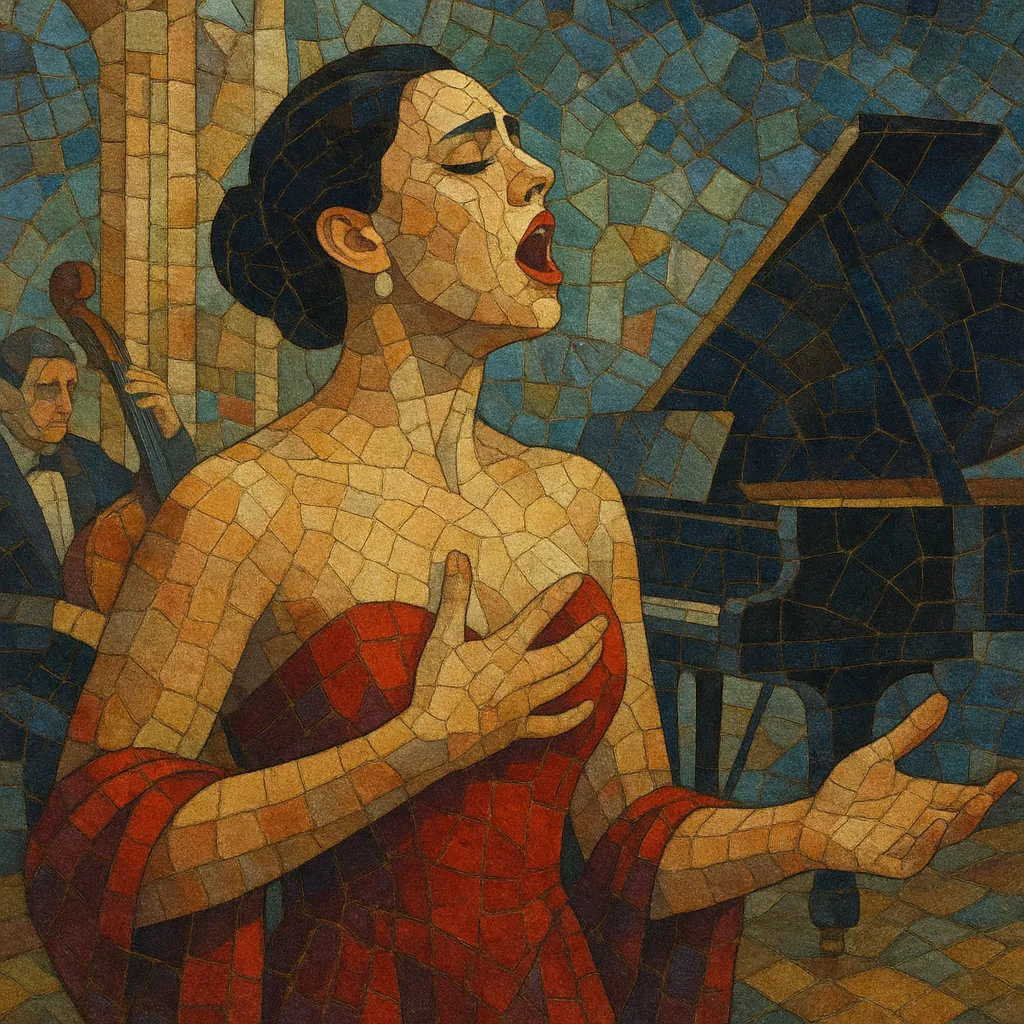Your digging level
Description
Operatic pop, often called popera, blends the vocal technique, timbre, and grand emotional scope of opera with the accessible song forms and production of contemporary pop.
It typically features classically trained voices (soprano, mezzo, tenor, or baritone) singing lyrical, melodically soaring material over orchestral backdrops augmented by pop rhythm sections, piano, and cinematic production. Repertoires can include original songs, popular standards reimagined with operatic delivery, and arias adapted into verse–chorus structures.
The result is music that feels both intimate and monumental—rooted in bel canto expressivity yet crafted for mainstream audiences and modern recording contexts.
History
While the modern label “operatic pop” emerges later, the idea of opera voices tackling popular material dates back to the recording era’s dawn. Enrico Caruso popularized operatic singing beyond the opera house in the 1910s, and mid‑century stars like Mario Lanza (1950s) brought cinematic, mass‑market appeal to operatic timbre. These precedents demonstrated that classically trained voices could thrive in mainstream formats.
The genre coalesced in the 1990s alongside the “classical crossover” market. The Three Tenors (Pavarotti, Domingo, Carreras) made arena‑scale concerts and televised events a global phenomenon, opening the door for pop‑facing operatic projects. Andrea Bocelli’s hits—especially “Con te partirò/Time to Say Goodbye” (with Sarah Brightman)—defined a template: romantic themes, Italianate lyricism, lush orchestration, and pop song structures. UK media, labels, and charts helped package and market this style to a broad audience.
The 2000s saw a surge of artists and ensembles—Il Divo, Josh Groban, Russell Watson, Katherine Jenkins, Charlotte Church—who brought operatic technique to original pop ballads, standards, and reframed arias. International tours, holiday albums, and television specials cemented the genre’s commercial footing. Talent shows and televised events amplified the format’s appeal and discoverability.
In the 2010s–2020s, operatic pop thrives via streaming, video platforms, and cross‑border collaborations. Acts like Il Volo and Jackie Evancho connect traditional operatic lyricism with cinematic pop production for global audiences. The genre remains a key strand within classical crossover, influencing programming for orchestras, gala concerts, and multimedia productions, while continuing to update repertoire with contemporary songwriting and multilingual releases.






